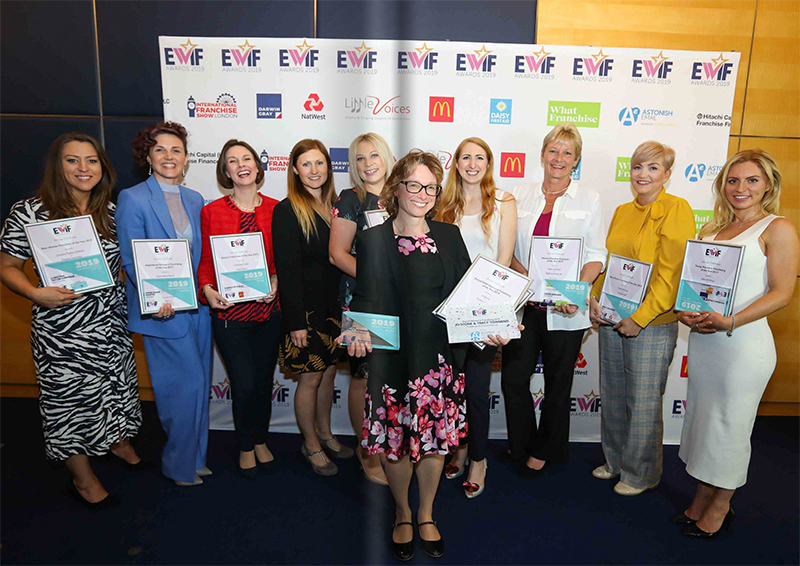EWIF Awards (virtual)
Boddy Matthews Solicitors are delighted to sponsor the first virtual EWIF NatWest Awards 2020 in the new category of Ambassador of the Year. Whilst all Members of EWIF (Encouraging Women into Franchising) are Ambassadors of EWIF, this category touches at the heart of what business leaders can offer to each other. Kate Matthews is an active Ambassador of EWIF as South Chair of EWIF and promotes the franchising industry. The attached booklet shows the strength and depth of the business support offered and given by EWIF even more so during these challenging times.



